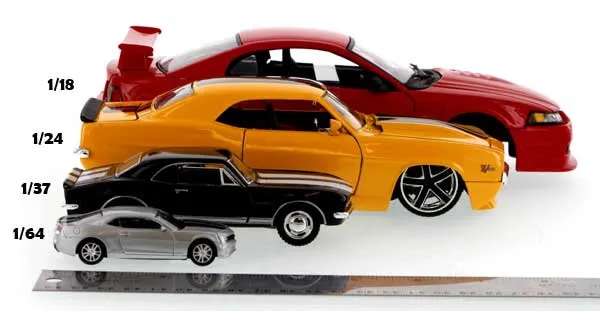What are Diecast Model Cars
Diecast model cars are miniature replicas of real-life vehicles, meticulously crafted using the die-casting process. This involves injecting molten metal, typically zinc alloy, into molds to create highly detailed and accurate representations of automobiles. These models are not just toys; they are collectible items, cherished by enthusiasts for their realism, craftsmanship, and historical significance. From classic cars to modern supercars, diecast models capture the essence of automotive design and engineering, offering a tangible connection to the world of automobiles. The level of detail can range from basic representations to incredibly intricate models with opening doors, detailed interiors, and working features, making them a fascinating hobby for people of all ages.
The History of Diecast Models
The origins of diecast models can be traced back to the early 20th century, with the initial focus on creating durable and affordable toys for children. The first diecast models were relatively simple, but they quickly evolved as manufacturing techniques improved. The use of zinc alloy, a material that allows for intricate detailing and robust construction, became widespread, leading to a surge in the popularity of these miniature vehicles. Over time, diecast models transcended their origins as mere toys, becoming coveted collectibles. The historical significance of certain models, coupled with the increasing complexity of manufacturing, elevated these items into high-value collectibles, sought after by enthusiasts worldwide. These miniature cars provide insight into the evolution of automobile design, manufacturing processes, and cultural trends throughout the 20th and 21st centuries.
Early Diecast Models
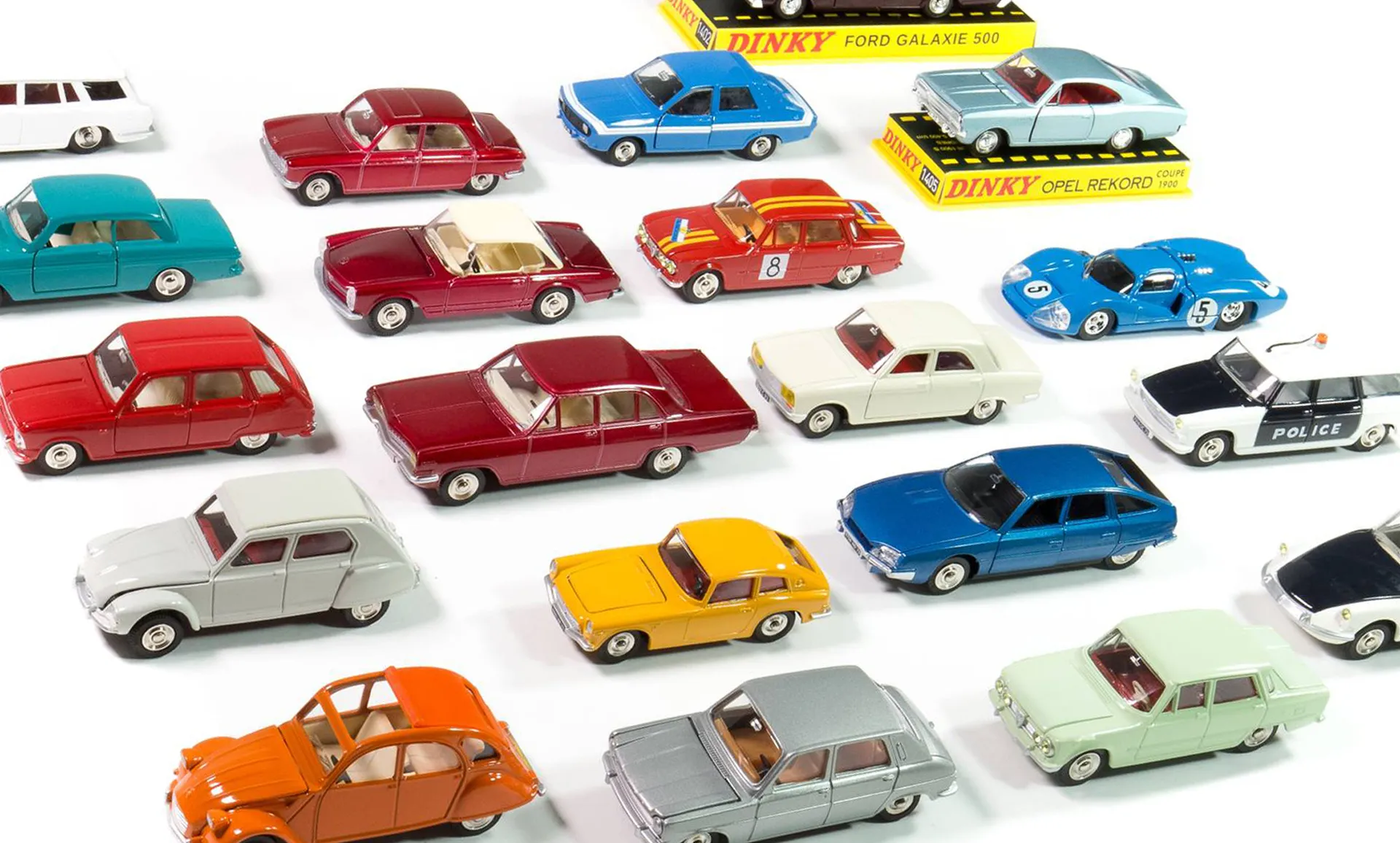
Early diecast models, primarily produced in the mid-20th century, were simpler in design compared to today’s intricate replicas. Companies like Dinky Toys and Corgi Toys pioneered the mass production of these miniature vehicles. These early models often featured basic paint schemes, simple detailing, and fewer moving parts. Their primary purpose was to provide children with durable toys that could withstand rough play. Despite their simplicity, these models are now highly sought after by collectors due to their historical significance and the nostalgia they evoke. The materials used and the production techniques of the time give them a unique charm. Owning an early diecast model is like holding a piece of automotive history, offering a tangible link to the past and reflecting the design aesthetic of the era.
Evolution of Diecast Manufacturing
The evolution of diecast manufacturing has been marked by significant advancements in technology and techniques. Early manufacturing processes were rudimentary, relying on hand-painted details and basic construction. Over time, the introduction of more sophisticated molding techniques, such as improved die-casting machines, enabled manufacturers to create more intricate and detailed models. The use of computer-aided design (CAD) and computer-aided manufacturing (CAM) has further revolutionized the industry, allowing for precise detailing and efficient production. The integration of advanced materials, like higher-quality zinc alloys and plastics, has enhanced the durability and realism of the models. These innovations have not only improved the aesthetic quality of the models but have also broadened the variety of features, such as opening doors, detailed interiors, and functional steering systems, making them more attractive to collectors.
Why Collect Diecast Model Cars
Collecting diecast model cars offers a unique blend of passion, history, and investment potential. For many enthusiasts, the hobby is a way to celebrate their love of automobiles, allowing them to own miniature versions of their dream cars or iconic vehicles from different eras. Collecting these models can also be a deeply personal experience, triggering memories and connections to the past. The meticulous craftsmanship, detailed designs, and historical accuracy of these miniature replicas are the main reasons why people start collecting. Many collectors find joy in the pursuit of rare models, the camaraderie within collecting communities, and the satisfaction of completing a collection. Whether it’s the thrill of the hunt or the appreciation of fine detail, collecting diecast model cars is more than just a hobby; it’s a passion.
Collecting for Nostalgia
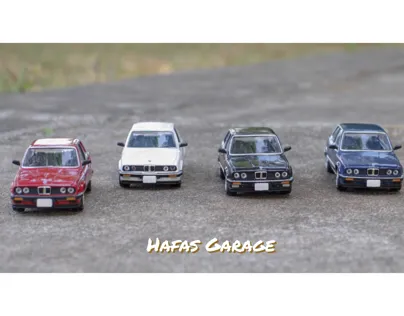
Collecting diecast models often taps into a deep well of nostalgia. These miniature cars can evoke memories of childhood, special occasions, and beloved cars from the past. For many collectors, the models represent a tangible connection to a specific era or a car they once owned or admired. The ability to hold a replica of a classic car or a vehicle from a memorable period in history can be profoundly sentimental. The act of collecting itself, the search for rare models, and the careful preservation of these miniature vehicles can become a deeply personal journey. The models can serve as reminders of simpler times, offering a sense of comfort and connection to the past. For many, the models are more than just collectibles; they are gateways to cherished memories and a way to relive significant moments.
Investment Potential
Diecast model cars can also represent a sound investment, especially for rare or limited-edition models. Certain models, particularly those produced by renowned manufacturers or those that are no longer in production, can appreciate in value over time. Factors like rarity, condition, and historical significance play a crucial role in determining a model’s investment potential. Limited-edition models, those with unique features, or those associated with significant events often command higher prices. Researching the market, understanding model values, and carefully selecting models are essential to make informed investment decisions. Collecting diecast models can be a rewarding pursuit both personally and financially, provided that collectors approach the hobby with knowledge, patience, and a keen eye for value. Regular tracking of market trends, as well as keeping models in pristine condition, helps in maintaining their worth.
Types of Diecast Models
Diecast models come in various types, each catering to different interests and preferences. From classic cars and modern sports cars to trucks, buses, and even military vehicles, there is a model for every collector. The variety extends to the scales in which these models are produced, with popular scales influencing their size and level of detail. Some collectors specialize in specific brands, eras, or vehicle types, allowing them to curate highly focused collections. The meticulous craftsmanship, the detailed designs, and the historical accuracy of these miniature replicas make them coveted items. Whether it’s the thrill of the hunt or the appreciation of fine detail, the types of diecast models available offer something for every collector.
Scale and Sizing
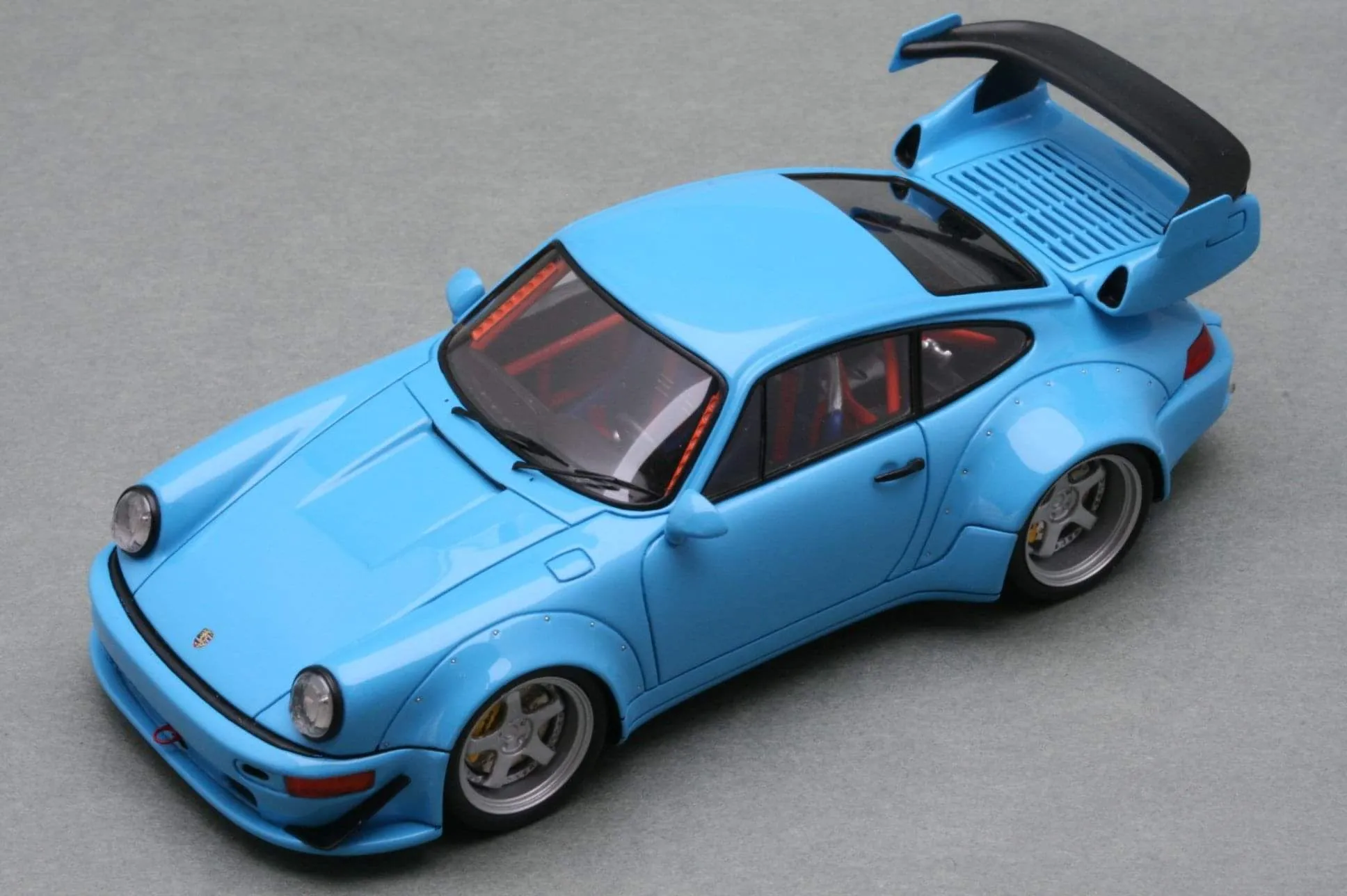
Scale is a critical factor in diecast model collecting, as it determines the size and proportions of the miniature vehicle. The scale is represented as a ratio, such as 1:18, which means that the model is 1/18th the size of the real car. Different scales cater to various collector preferences, with larger scales offering more detail and smaller scales providing greater affordability and ease of display. The chosen scale influences the amount of detail that can be incorporated into the model, the available features, and the overall aesthetic. Understanding the scale helps collectors compare models, evaluate their accuracy, and plan their display arrangements. Popular scales like 1:18 and 1:24 offer significant detail, while scales like 1:64 are more compact and affordable, making it crucial to pick the scale that best matches your interests and collecting goals.
Popular Scales
Several scales are commonly used in the diecast model world, each with its own advantages. The 1:18 scale is very popular among serious collectors, known for its high level of detail, intricate features, and large size. This scale is ideal for showcasing the fine details of a vehicle, including opening doors, detailed interiors, and accurate engine compartments. The 1:24 scale offers a good balance of detail and affordability, making it a popular choice for various collectors. It provides a good level of detail while remaining relatively affordable. The 1:43 scale is smaller and more compact, suitable for collectors who prefer to display a large number of models in a limited space. The 1:64 scale, also known as the ‘Matchbox’ or ‘Hot Wheels’ scale, is one of the most common scales, offering affordable and widely available models perfect for starting a collection or for those with space constraints. Each scale provides a different experience for the collector.
Material and Construction
The materials and construction methods used in diecast models significantly impact their quality, durability, and level of detail. The primary material is zinc alloy, commonly referred to as diecast metal, which allows for intricate detailing and robust construction. Additional materials, like plastic for interior components, tires, and other details, are also crucial. The quality of the materials and the precision of the manufacturing processes directly influence the model’s realism and longevity. High-quality models often feature meticulous paint jobs, detailed interiors, and functional elements. The materials used not only contribute to the model’s appearance but also its structural integrity, making it essential to consider the construction quality when building your collection.
Zinc Diecast
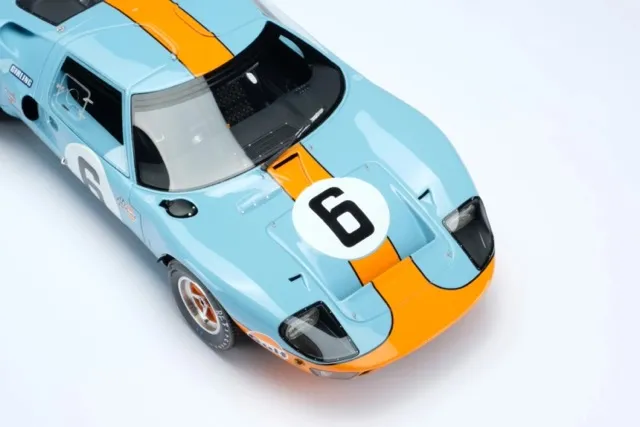
Zinc diecast is the core material used in creating diecast models. This alloy, composed primarily of zinc, along with small amounts of aluminum, magnesium, and copper, offers excellent moldability, allowing for complex shapes and intricate details. The die-casting process involves injecting the molten zinc alloy into molds under high pressure, resulting in a precise and durable product. The use of zinc diecast is crucial for the realism and weight of the models, replicating the feel of real vehicles. The alloy’s ability to capture fine details, such as panel lines, grilles, and interior features, is what makes diecast models so appealing to collectors. The durability of zinc diecast also ensures that the models can withstand handling and display, making them suitable for both collectors and casual enthusiasts.
Plastic Components
Plastic components are extensively used in diecast models to enhance detail and functionality. Plastic is frequently used for parts such as interior components, dashboards, seats, and other interior details. It allows for intricate designs and a wide range of colors and textures. Tires, headlights, taillights, and various exterior trim pieces are also typically made of plastic, as it provides flexibility and allows for detailed features that would be difficult to achieve with diecast metal. The quality of the plastic components significantly impacts the overall appearance and realism of the model. High-quality plastics ensure a smooth finish, accurate color matching, and durable construction. The use of plastic components in conjunction with zinc diecast allows manufacturers to create highly detailed and accurate miniature vehicles.
How to Start Collecting
Starting a diecast model car collection can be an enjoyable journey. Beginning with a clear focus and a structured approach can enhance your collecting experience. Developing a strategy will help in developing a great collection, maximizing your enjoyment, and keeping your hobby manageable and financially sustainable. Setting a budget, choosing a theme, and finding reliable sources are key elements in building a satisfying collection. Doing a bit of research, joining online communities, and attending model car shows are all great ways to begin, providing insights and guidance to new collectors. These are all essential in establishing a collection, as well as ensuring you enjoy the collecting process.
Setting a Budget

Establishing a budget is crucial for any diecast model car collector. Deciding how much you are willing to spend on your collection helps keep your spending in check and prevents overspending. A budget allows you to stay within your financial means and focus on acquiring models that align with your interests without breaking the bank. Consider setting a monthly or yearly budget, depending on your financial situation and collecting goals. Researching the average prices of the models you are interested in will help you make informed purchasing decisions. It is also essential to factor in expenses like shipping costs, display cases, and any accessories. Regularly reviewing your budget ensures that your collecting remains enjoyable and sustainable.
Choosing a Theme or Era
Choosing a theme or era can help focus your collecting efforts and add a sense of purpose to your collection. A theme could be based on vehicle type (sports cars, trucks, classic cars), manufacturer (Ferrari, Ford, Mercedes-Benz), era (the 1960s, the 1980s), or even a particular racing series. Selecting a theme helps to narrow down your choices, making your collection more cohesive and manageable. It also allows you to develop a deeper knowledge of your chosen area, enhancing your collecting experience. When selecting your theme, consider your personal interests, historical preferences, and the availability of models. Focusing on a specific theme or era makes your collection more organized. It also allows you to create a visually appealing and informative display. This focus will make your collection more enjoyable and more interesting to those who view it.
Finding Reliable Sources
Finding reliable sources is essential for acquiring quality diecast model cars and ensuring a positive collecting experience. There are several reliable options to consider when buying model cars. These can include online marketplaces, local hobby shops, specialty retailers, and model car shows. Researching the reputation of sellers, checking reviews, and verifying the authenticity of models are crucial steps to avoid purchasing counterfeit or damaged items. Building relationships with reputable sellers can provide access to rare models, expert advice, and special deals. Utilizing multiple sources can help diversify your collection and provide opportunities to discover unique or hard-to-find items. Being diligent and informed about your sources will result in a more rewarding and satisfying collecting experience.
Where to Buy Diecast Models
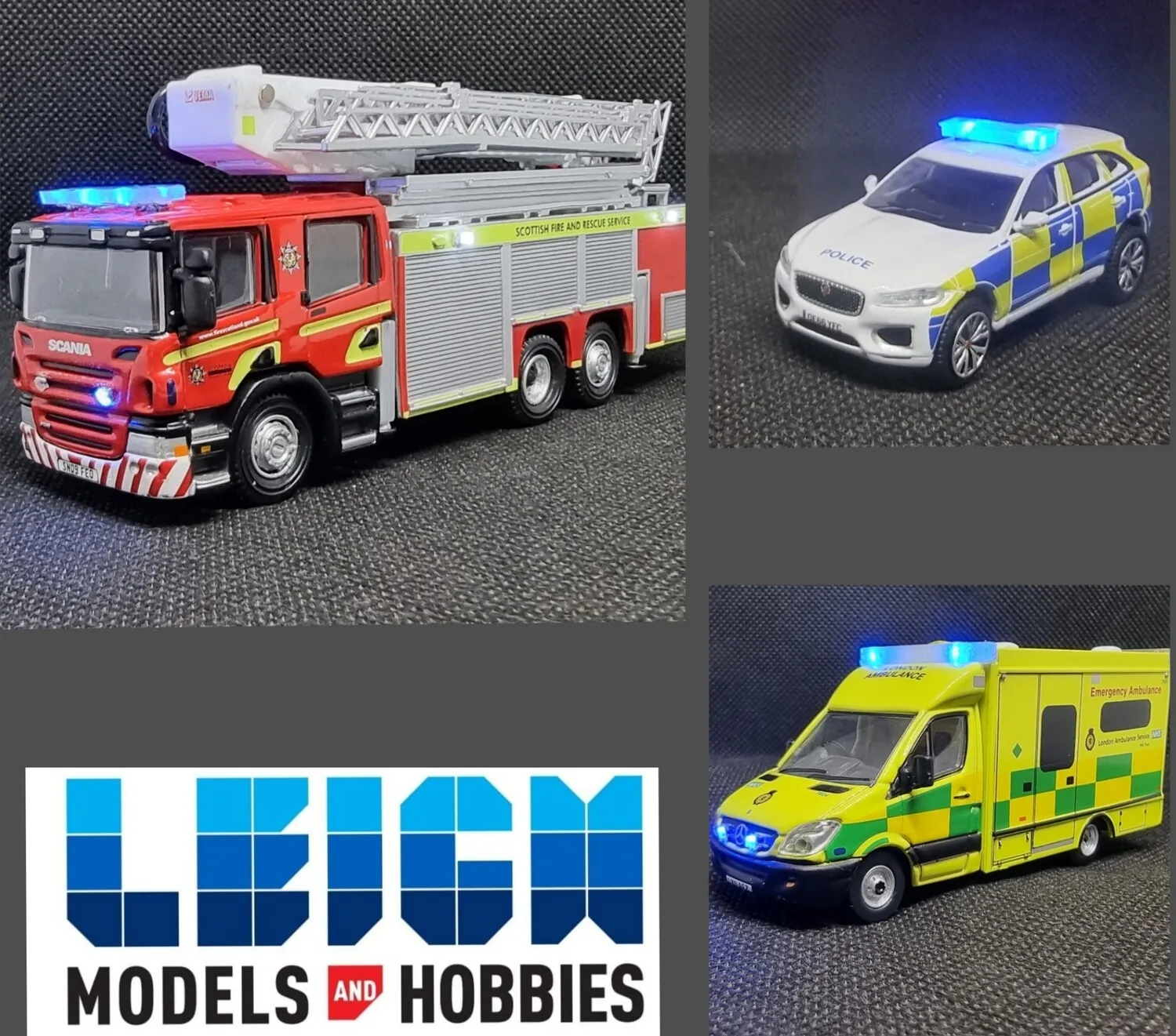
There are numerous places to buy diecast models, both online and in person. Online marketplaces, such as eBay and specialized diecast model websites, offer a vast selection of models from various sellers. These platforms provide convenience and a wide range of options, but it is important to be cautious and check the seller’s ratings and reviews. Local hobby shops provide a personalized experience, allowing you to see the models in person and get advice from knowledgeable staff. Attending model car shows is a great way to find rare items, connect with fellow collectors, and meet sellers. Specialty retailers offer curated selections of high-quality models, often with excellent customer service and expertise. Comparing prices, checking the condition of the models, and understanding the seller’s return policy are crucial steps when buying diecast models, regardless of the source.
Online Marketplaces
Online marketplaces have become a central hub for buying and selling diecast model cars, providing access to a vast selection of models from around the world. Platforms such as eBay and dedicated diecast model websites offer unparalleled convenience, allowing collectors to browse thousands of models from the comfort of their homes. The ability to compare prices, read reviews, and communicate with sellers makes online marketplaces an attractive option. However, it is essential to exercise caution when purchasing from these sources. Checking the seller’s feedback, verifying the authenticity of the models, and carefully reviewing the photos and descriptions before making a purchase are crucial steps to avoid scams or disappointments. Using trusted payment methods and understanding the seller’s return policy provides added security and peace of mind.
Local Hobby Shops
Local hobby shops offer a more personal and tactile experience for diecast model car collectors. These shops provide the opportunity to see and examine models in person, allowing you to evaluate the quality and details before making a purchase. The staff in hobby shops often have extensive knowledge of diecast models. They can offer advice, answer questions, and help you find the models you’re looking for. Local hobby shops are also a great place to connect with other collectors and build a community. Shopping in a local hobby shop supports local businesses. You can often find rare or hard-to-find models that might not be available online. The personal interaction and the opportunity to handle the models create a more engaging and rewarding collecting experience, making local hobby shops a valuable resource for any diecast model enthusiast.
Caring for Your Collection
Caring for your diecast model car collection is crucial to preserve the value and beauty of your models for years to come. Proper storage, regular cleaning, and careful display are essential to protect your investment and keep your models in excellent condition. Implementing these practices helps you maintain the quality, preserving your collection for years. These practices will not only protect your investment but will also enhance your enjoyment of the hobby. Taking care of your models means they will continue to bring you joy, and potentially increase in value, over time.
Proper Storage
Proper storage is vital for preserving the condition of your diecast model cars. Protect your models from dust, sunlight, and extreme temperatures, which can damage the paint, plastic, and other components. Storing your models in a cool, dry place away from direct sunlight is highly recommended. Display cases, storage boxes, or even individual model boxes are ideal for protection. If possible, use archival-quality storage materials to prevent yellowing or degradation. Avoiding humidity is also important, as it can lead to rust on metal parts. Organizing your collection by theme, brand, or scale can make it easier to manage and enjoy. Taking these precautions will help ensure that your models remain in excellent condition for many years.
Cleaning and Maintenance
Regular cleaning and maintenance are essential to keep your diecast model cars looking their best. Dusting your models regularly with a soft brush or cloth prevents the accumulation of dust and debris. Avoid using harsh chemicals or abrasive cleaners, which can damage the paint or details. A mild soap and water solution is often sufficient for removing dirt and grime. For more detailed cleaning, consider using cotton swabs or soft brushes to reach hard-to-access areas. If you notice any rust or corrosion on metal parts, carefully remove it with a suitable rust remover. Inspecting your models for damage or wear on a regular basis will help you catch any problems early. The goal is to keep your models clean and properly maintained, preserving their value and appearance for the long term.
Displaying Your Models
Displaying your diecast model cars allows you to showcase your collection and share your passion with others. Display cases provide protection from dust and damage, and they also add a touch of elegance to your display. Arrange your models in a way that highlights their features and enhances their visual appeal. Consider using different display levels, lighting, or backgrounds to create a more engaging presentation. Organizing your models by theme, brand, scale, or era can make your display more cohesive and informative. Regularly rotating your display allows you to enjoy different models and prevent overexposure to sunlight. Your aim is to create a visually appealing and informative display, which is as enjoyable to look at as it is to collect.
